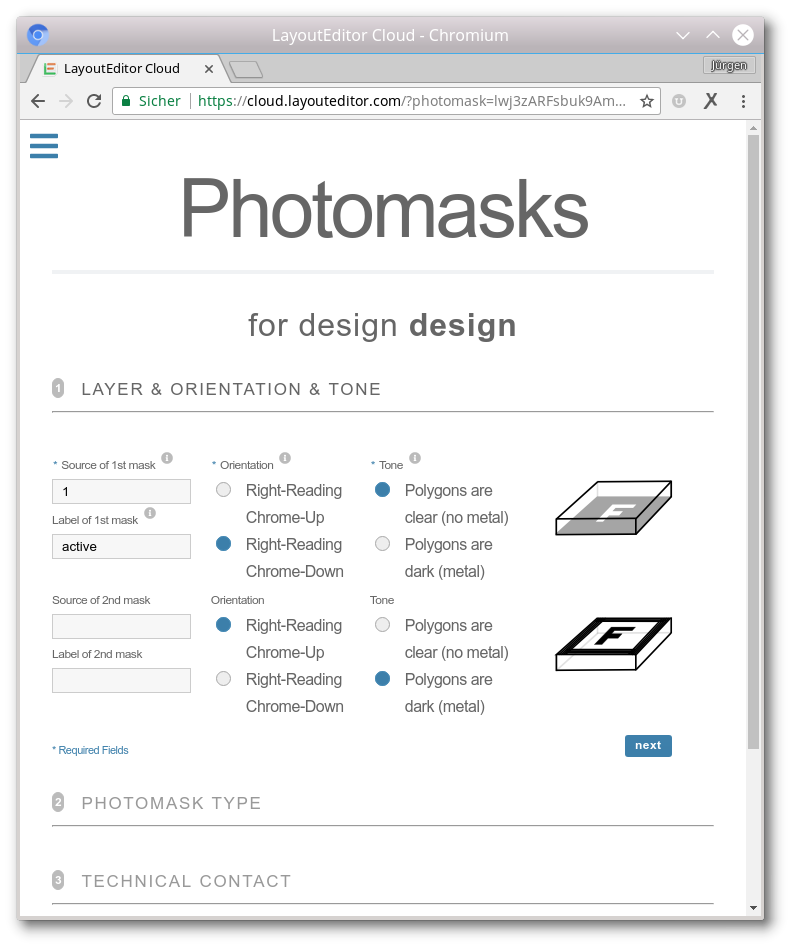
However, verifying this hypothesis as the origin of the toughening mechanism has been challenging as fabrication methods of MG composites and foams are complex, and do not allow independent and systematic variation of microstructural features, such as phase spacing, size, shape and volume fraction.
#Layouteditor crack crack#
It has been suggested that this strategy should be particularly successful when spacing of the second phase coincides with the critical crack length of the MG matrix phase 9.

One emerging strategy to couple the attractive properties of MGs with plasticity is to introduce a second phase, which reflects and/or absorbs shear bands 2, 4, 6, 9, 20, 21, 22, 23, 24, 25. Hence, on such a small scale, a deformation mechanism not relying on shear bands can result in tensile ductility 8, 10, 12, 19. In nano-sized samples, it has been argued through a Griffith-like criterion that the elastic energy release does no longer offset the energy barrier to form a shear band 10. In compression and bending, multiple shear band formation without crack formation has been reported 5, 6, 11, 13, 16, 17, 18. For example, when shear bands are spatially confined under certain loads and in small sizes, global plasticity enabled by the formation of a large number of shear bands has been observed 2, 3, 4, 5, 6, 7, 8, 9, 10, 11, 12, 13, 14, 15. The development of such shear bands in MGs does not necessarily result in fracture. Upon yielding, shear strain in MGs is highly localized into narrow, ~10-nm-wide bands. The identified design aspects provide guidance in designing tensile ductility into metallic glasses.ĭespite high strength and elasticity combined with plastic-like processing ability, wide spread proliferation of metallic glasses (MGs) in structural applications has been stymied by their lack of tensile ductility 1. These toughening strategies are only effective in samples that are large compared with the spacing of the second phase. This spacing should coincide with the second phase’s size, and beyond, the specific second phase morphology of the heterostructure is crucial. Critical design aspect is a soft second phase, which is most effective when spacing between the second phase assumes the critical crack length of the metallic glass. Our approach reveals the optimal microstructural architecture for metallic glass heterostructures to achieve tensile ductility.

Here we report a novel strategy, which allows us to vary heterostructural features independently, thereby enabling a systematic and quantitative study. Unfortunately, methods to fabricate such heterostructures like foams and composites do not allow controlled variation of structural features.

Effectiveness of a second phase in metallic glass heterostructures to improve mechanical properties varies widely.


 0 kommentar(er)
0 kommentar(er)
